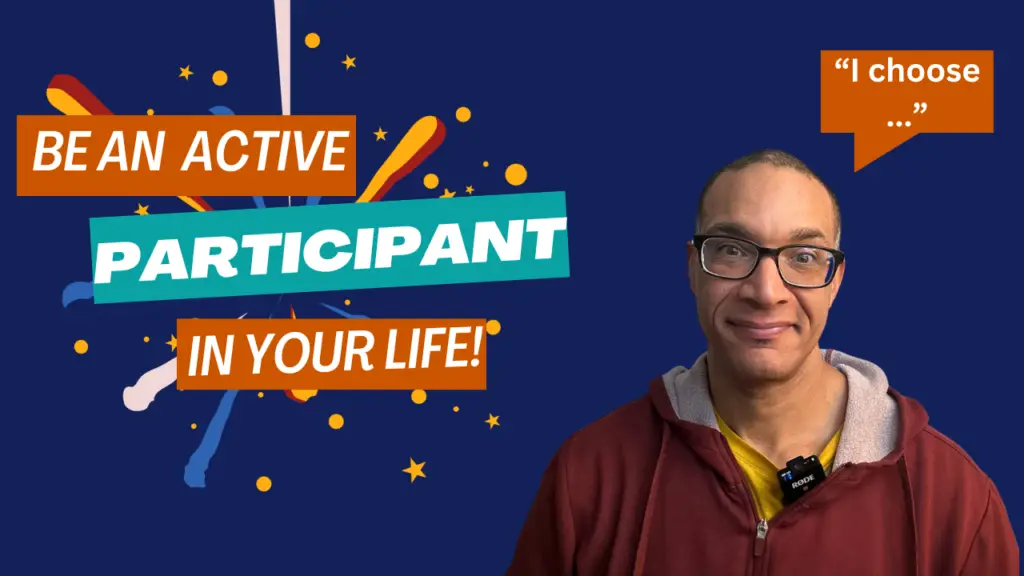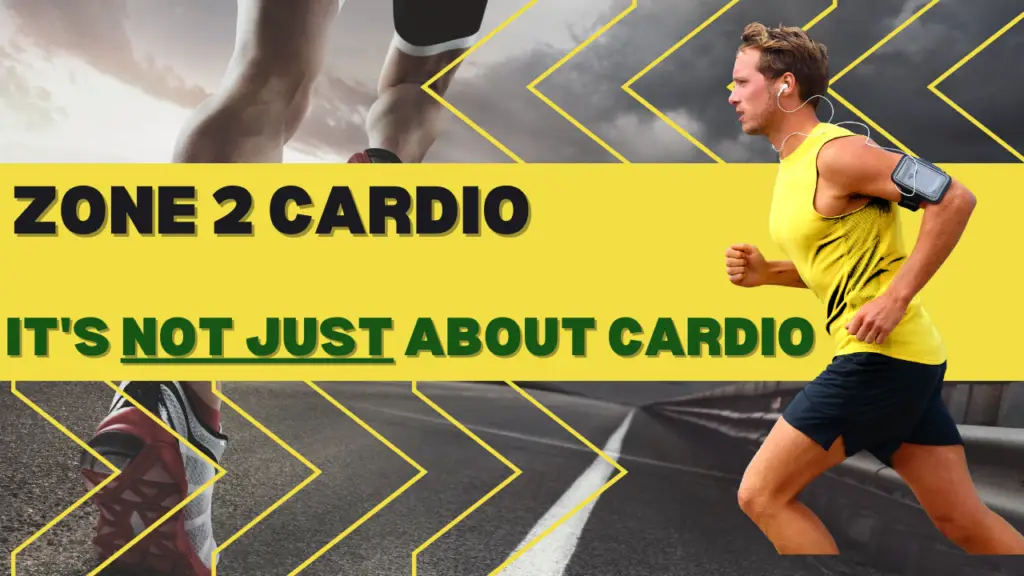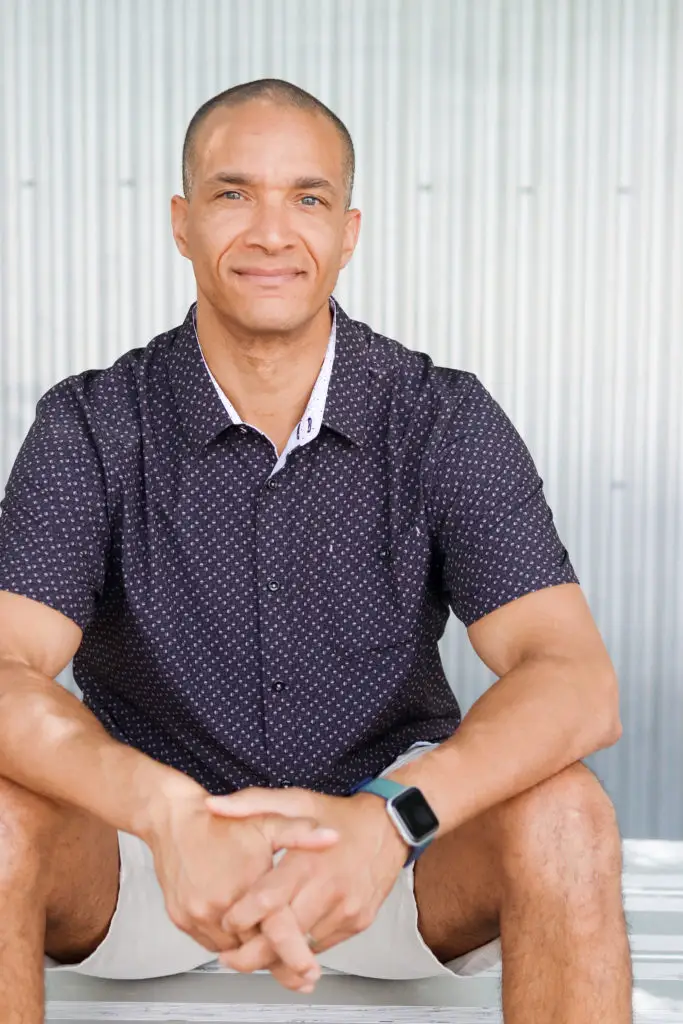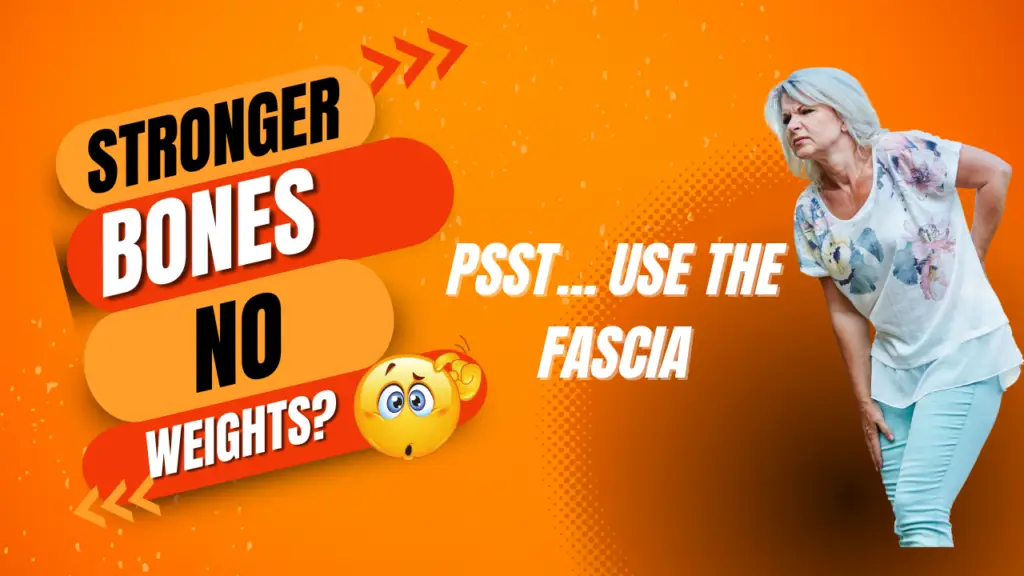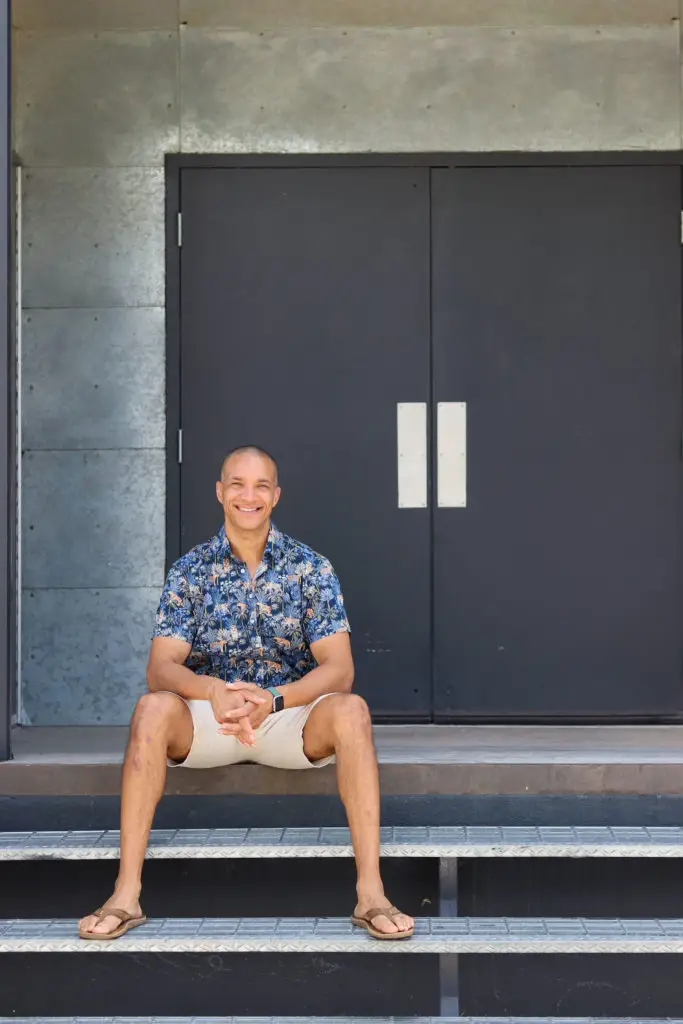
Everybody puts so much emphasis on January 1, but if you really want to succeed in the new year, it’s better to think about consistency in health goals — and how learning and adapting will shape your lifestyle over time.
Nothing magical happens at midnight on January 1.
The real change comes from within you.
Think of the year as a long story to live — not just a sprint at the start. If you pin all your hopes on the first few days of January, you’ll miss the bigger picture.
Here’s what will happen over time:
👉🏽 Sometimes you’ll do great
👉🏽 Sometimes you’ll struggle
👉🏽 You might even realize a goal wasn’t what you really wanted
👉🏽 But your consistent behavior will determine your results.
And that last one? It’s the most important.
Consistency in your health goals is what brings real, lasting change.
Start Your Story Strong
A good story needs a good opening. That doesn’t mean intensity — it means clarity, mindset, and small steps. Focus on developing the right mental approach. Tap into your emotions. Set different kinds of goals that can guide you and evolve with you.
Try this:
✅ Reflect on where you were this time last year. What did you learn? How can you build on that?
✅ Make your goals SMART — Specific, Measurable, Achievable, Relevant, and Time-bound.
✅ Prioritize your health and values, not just your weight or aesthetics.
✅ Think about long-term and short-term goals — and how to reward yourself for progress.
✅ Focus on behavior, not just results. Do your best daily — the outcomes will follow.
✅ Keep learning about health, exercise, nutrition, and stress.
✅ Be aware of your emotions, but don’t let them control your actions.
✅ Ask for support — even before you think you need it.
Give Yourself the Whole Year
Start strong, but don’t burn out. You don’t have to fix everything in January.
Use your calendar, revisit your goals, track your progress.
Stay curious. Stay consistent. Keep learning.
That’s how real change happens.
it’s not just working out, it’s building a foundation for a better life.
Find out more @

